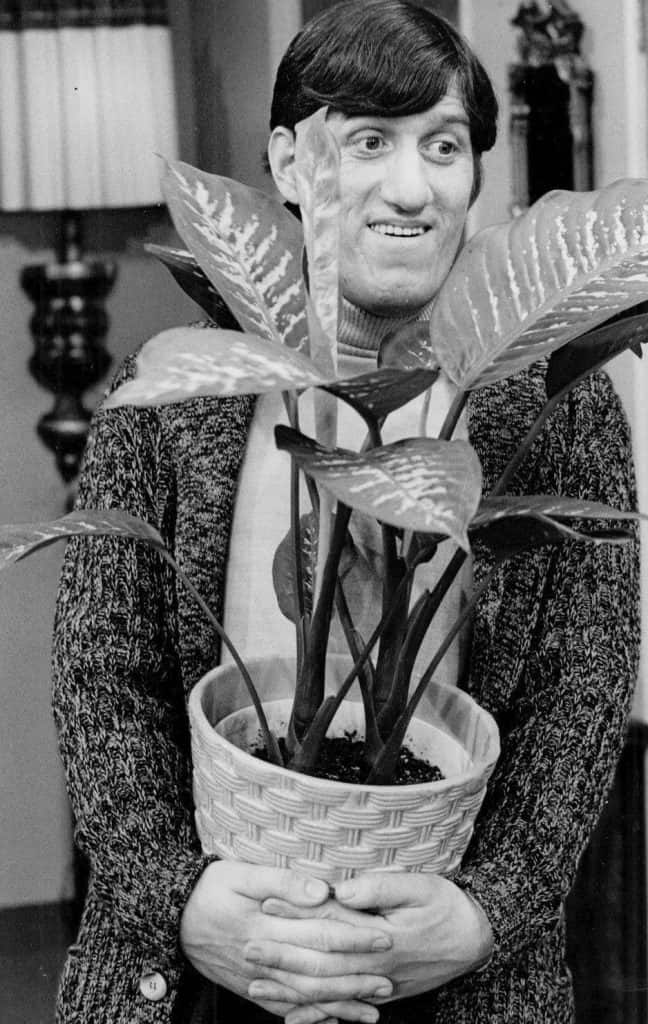It’s Letterboxd Friday, which I’ve missed for a few weeks! So let’s take a look at my last four watched movies and see if I have anything to say about them.

Stereo (Tile 3B of a CAEE Educational Mosaic)
David Cronenberg’s first feature film is a fascinating artifact. According to Cronenberg, he wasn’t really concerned about commercial viability at this point because he hadn’t yet decided he wanted to make filmmaker his career. The result is more of an extended art piece, although one that showcases the themes and some of the techniques he would continue to work with after he got Rampant Body Horror levels of budget. In “Stereo,” the story is told with a voiceover accompanying silent footage in the style of an educational film, in this case discussing the outcome of an experiment that gives its subjects psychic abilities but takes away their ability to speak.
(Watched on Criterion Channel)
Toby Dammit
Originally filmed as a sequence for the movie Histoires extraordinaires (1968, English title Spirits of the Dead), Toby Dammit is Frederico Fellini’s very modern, very Italian take on a tale from Edgar Allen Poe. He casts Terence Stamp as a British actor famous for his interpretations of Shakespeare who comes to Italy to star in the world’s first “Catholic Western.” But Toby Dammit is salty, alcoholic, and by his own admission constantly high, and the nightmarish world that he navigates as he puts up with the Italian film industry to get his promised Ferrari may or may not be enhanced by his high intake of psychedelics and depressants.
(Watched on Criterion Channel)
The Deadly Game
Originally released under the title Third Party Risk, it’s a noir whodunnit in which an ordinary man finds himself wrapped up in a smuggling scheme that he can barely understand. The movie rides heavily on Bridges’ shoulders, but his performance is at once charismatic and relatable.
(Watched on VCI Classics+)
The Monster Maker
J. Carrol Naish hams it up in a horror movie that was the first to show off poverty row studio PRC’s expanded production values after they bought out one of their failing competitors. It’s a pretty classic mad scientist story structure: Mad scientist makes discovery, Mad scientist meets girl, Mad scientist threatens to use his discovery on girl’s father unless the father hands her over, you know the drill.
The make-up in particular is impressive, and the movie is part of a bizarre subgenre of real-medical-condition-as-movie-monster. In this case (mild spoiler alert for an 81 year-old movie), Dr. Igor Markoff has developed a virus that infects its victims with acromegaly — a condition that causes excess growth of parts of the body such as the hands, feet, forehead, jaw, and nose — and, in the case of this movie, basically turns Markoff’s victims into The Elephant Man.
It’s worth noting at this point that John Merrick — the actual, historical Elephant Man and very clearly the inspiration for the “monster” make-up in this film — was apparently not an example of acromegaly. As of 2001, the latest attempt at defining Merrick’s condition comes from Paul Spiring who proposed that Merrick suffered from a combination of Proteus syndrome and neurofibromatosis, but a genuine diagnosis was never completed. Famous cases of acromegaly do, however, include Richard Kiel, André the Giant, Tony Robbins, and The Jeffersons second banana-in-chief Paul Benedict — who, it’s true, had a unique look, but was far from a movie monster made flesh.

#1: The Larch
The movie portrays acromegaly as a horrific, untreatable disease that will not kill Markoff’s victims, but will make them suffer the indignity of becoming (gasp!) ugly! A fate that in so many ways is worse than death, at least as far as everybody in the movie is concerned. Sing it with me now — That’s called ableism!
(Watched on VCI Classics+)

1 thought on “Coming Through in Waves”